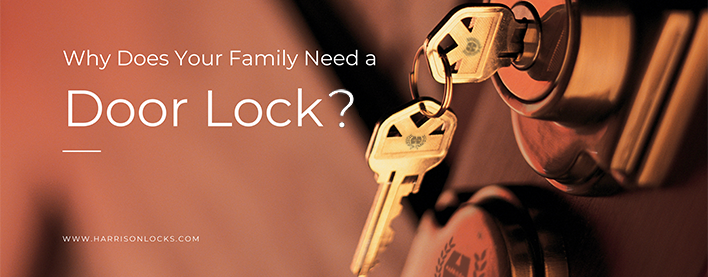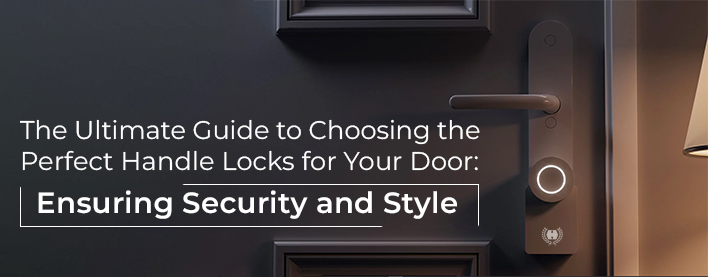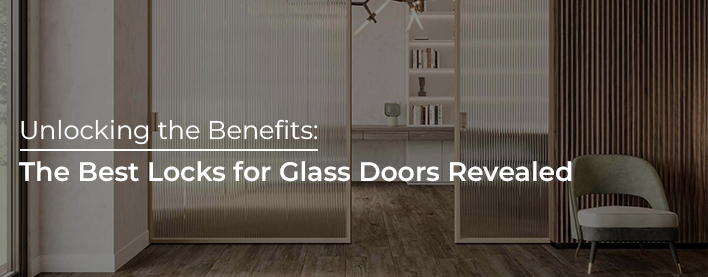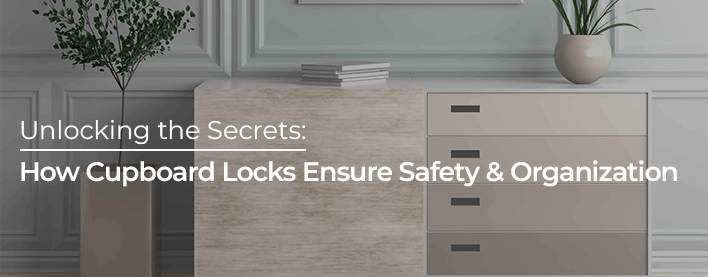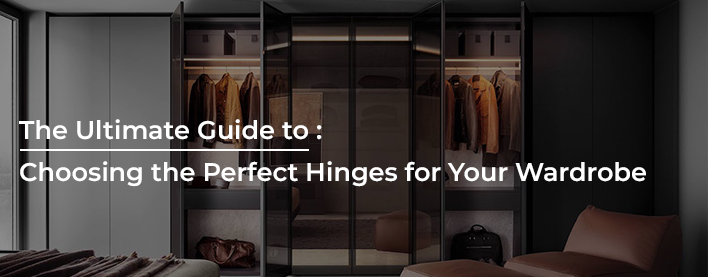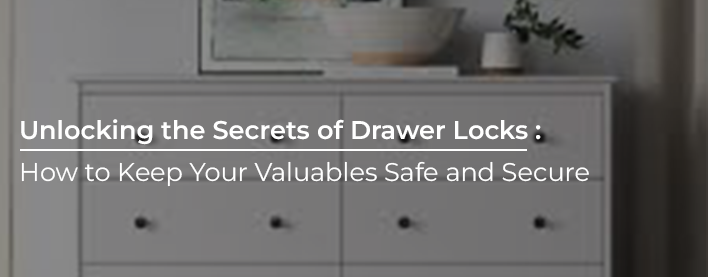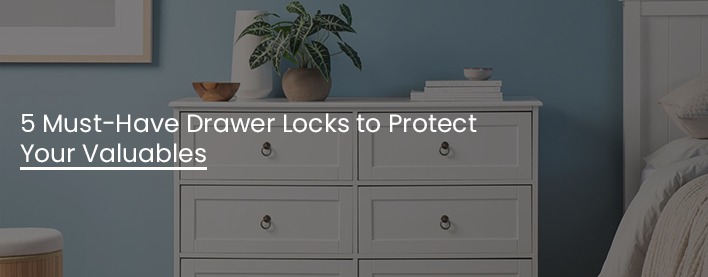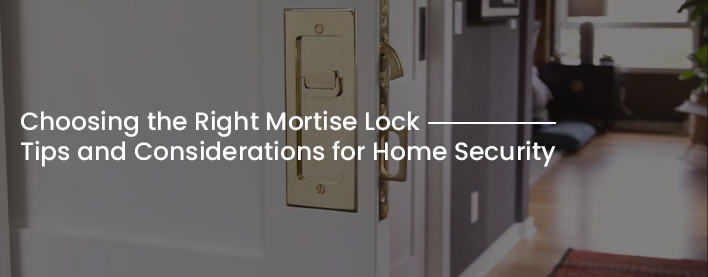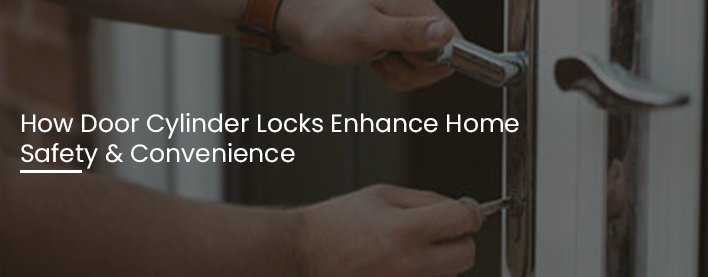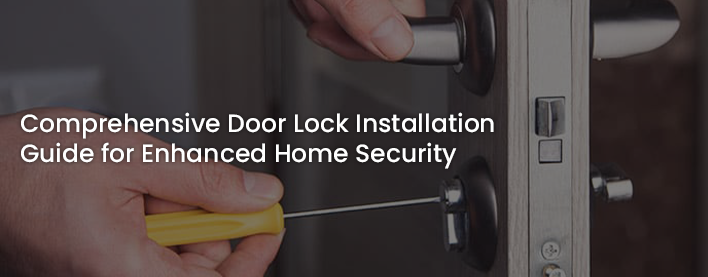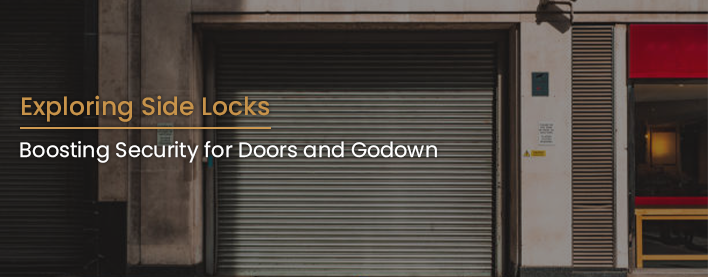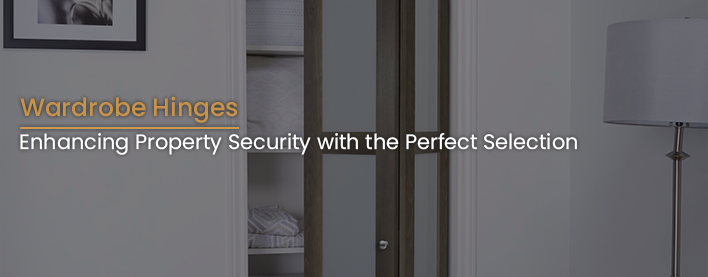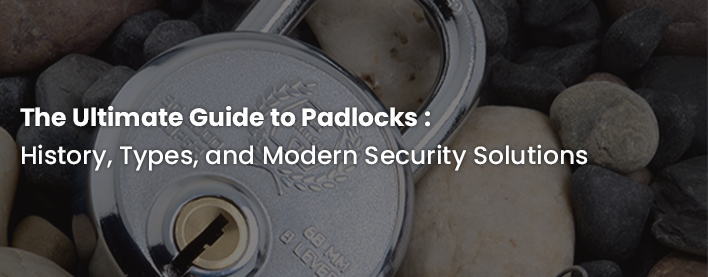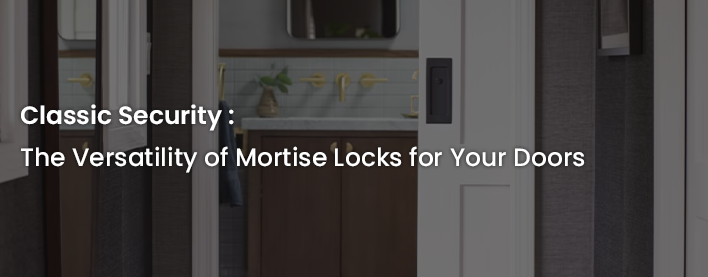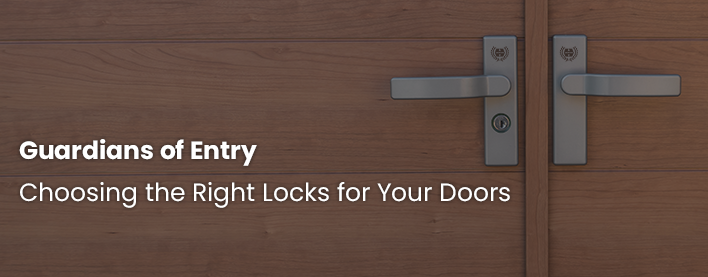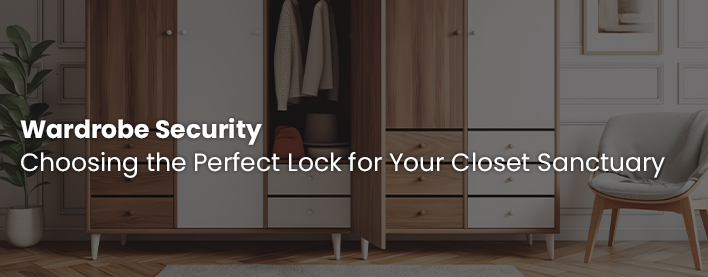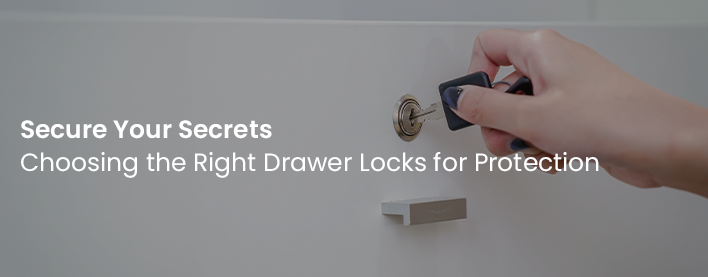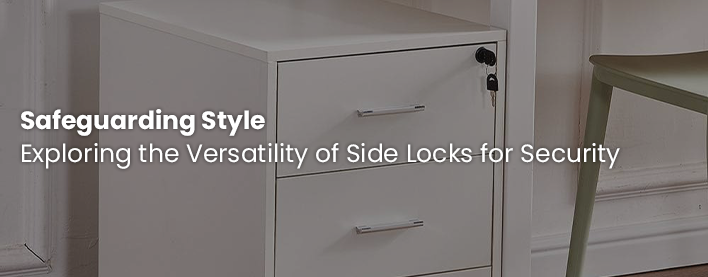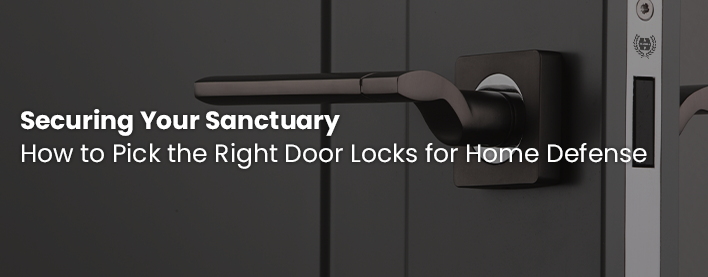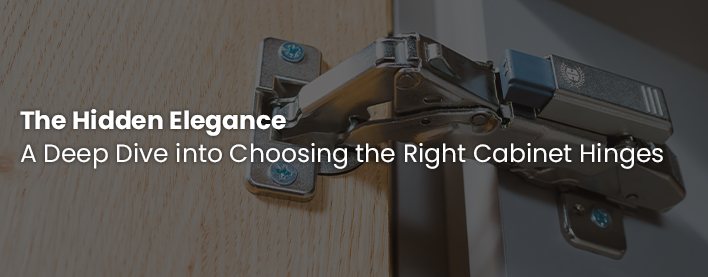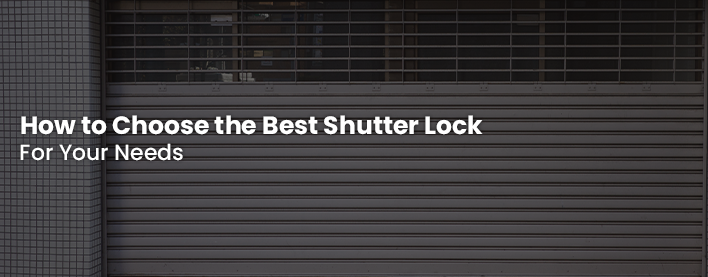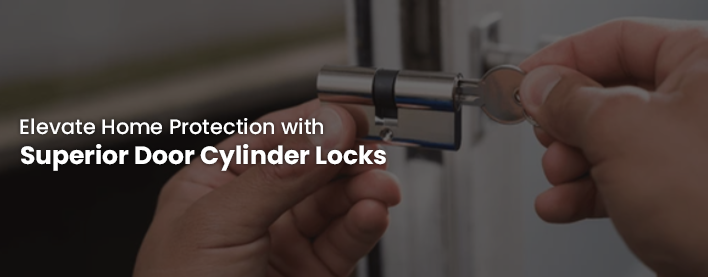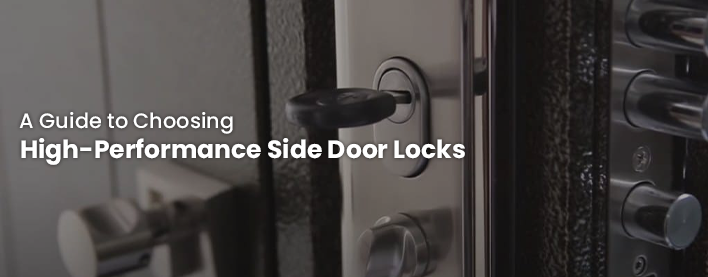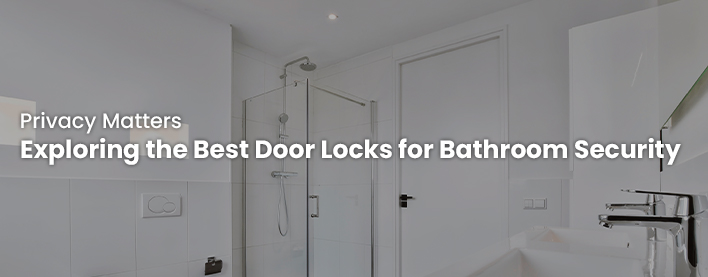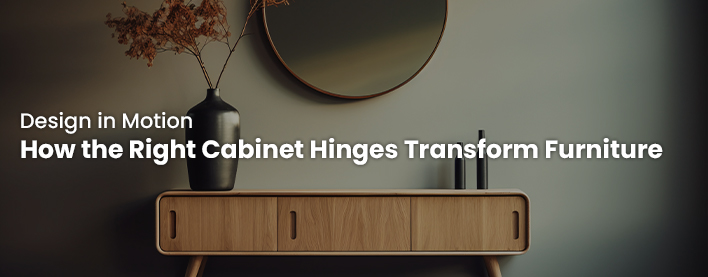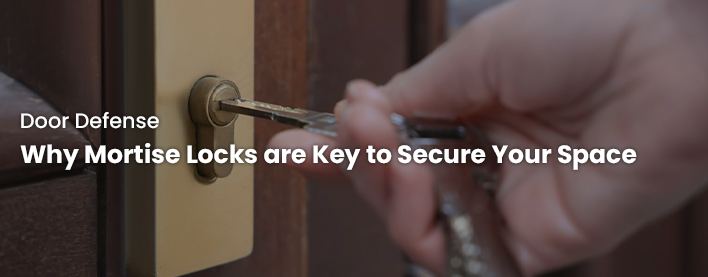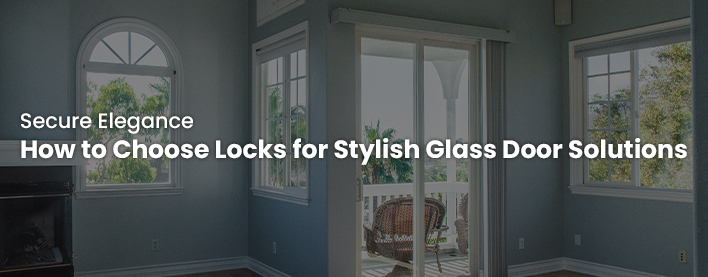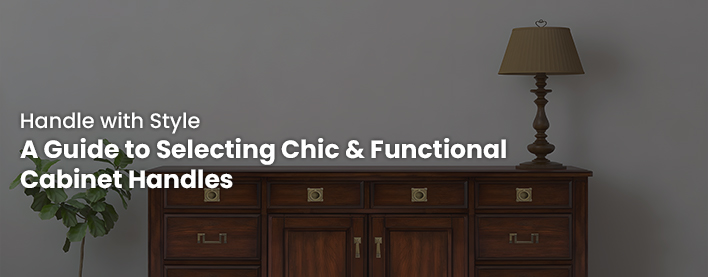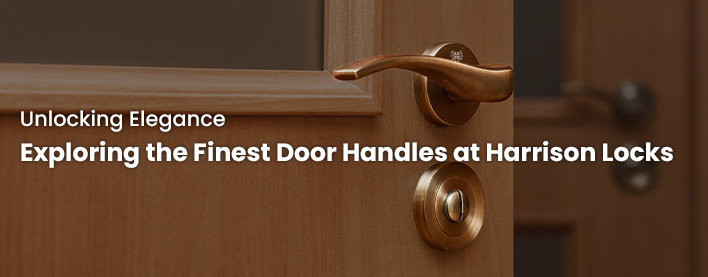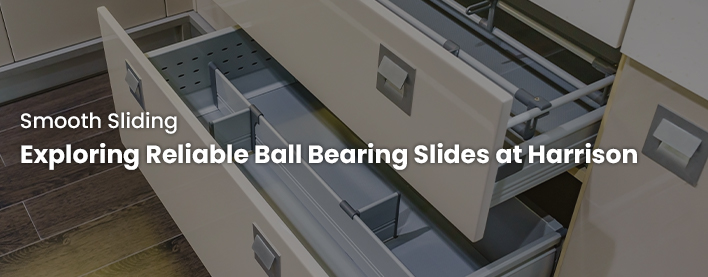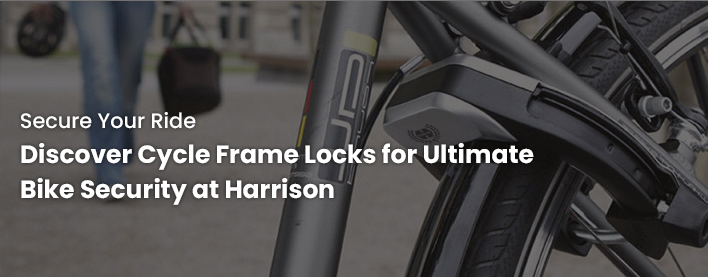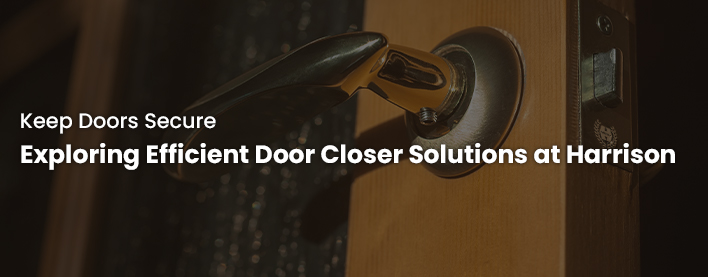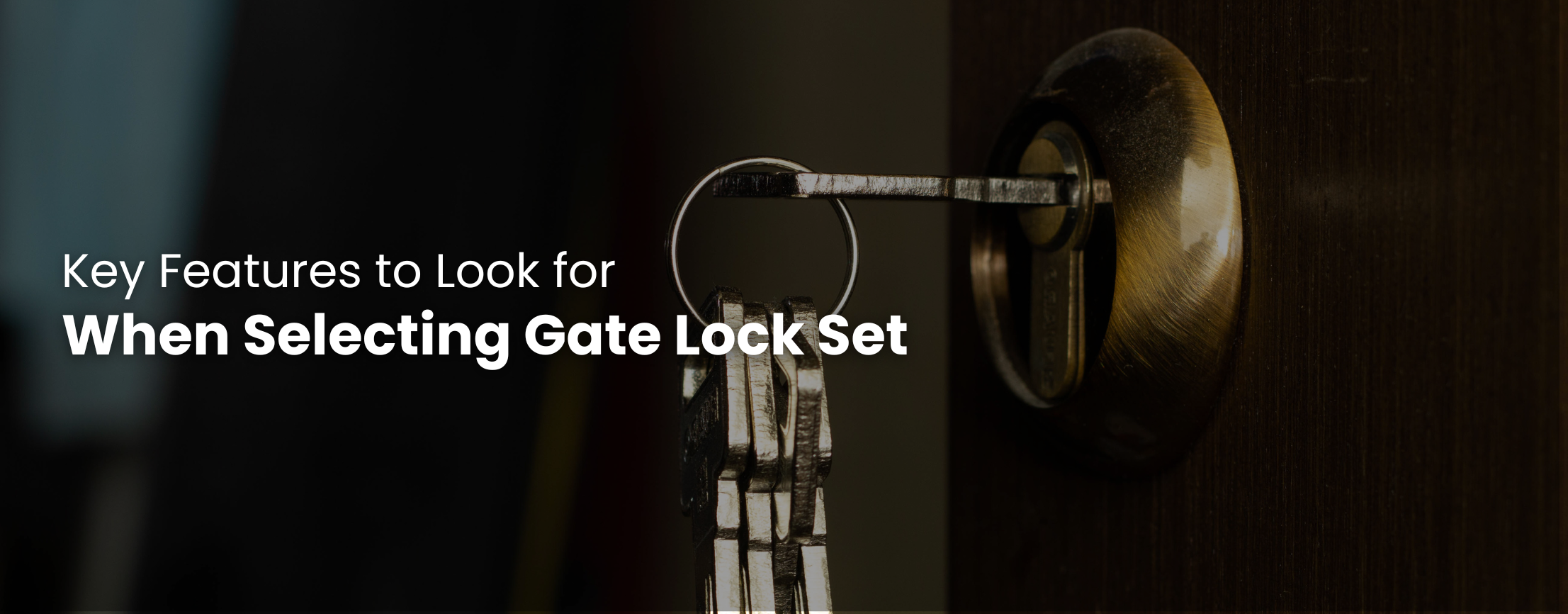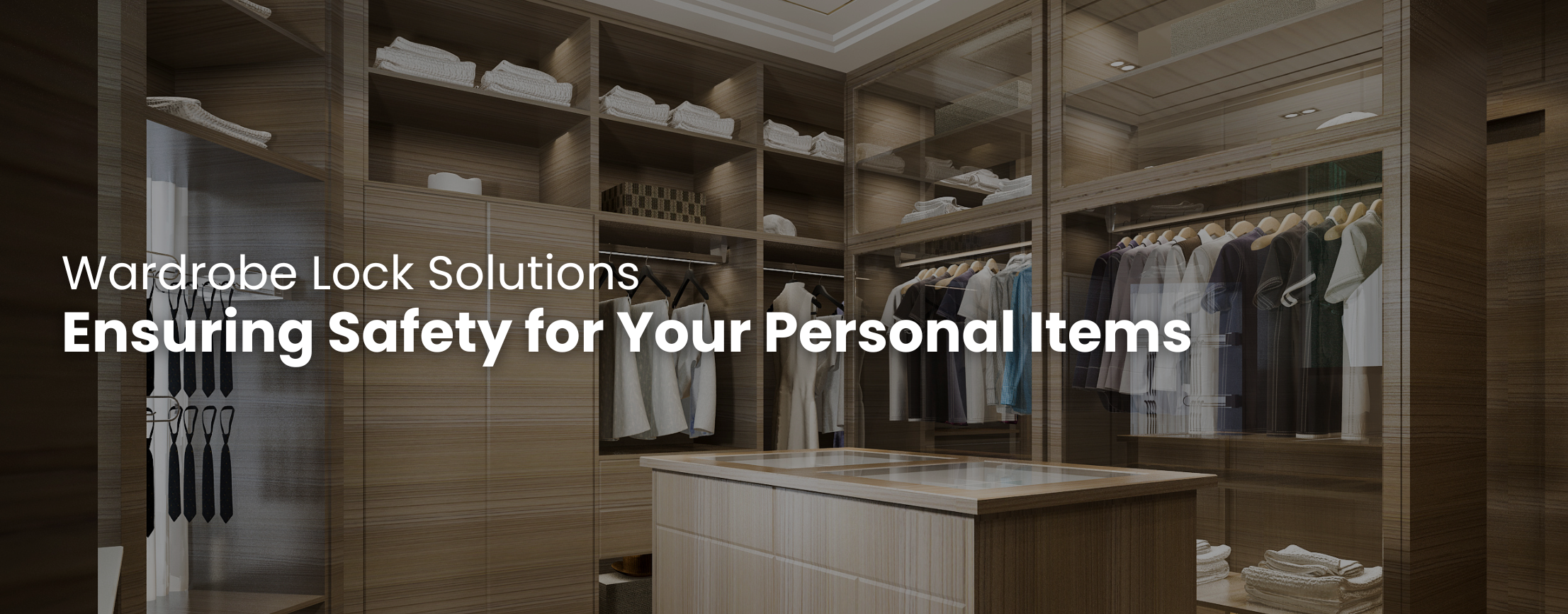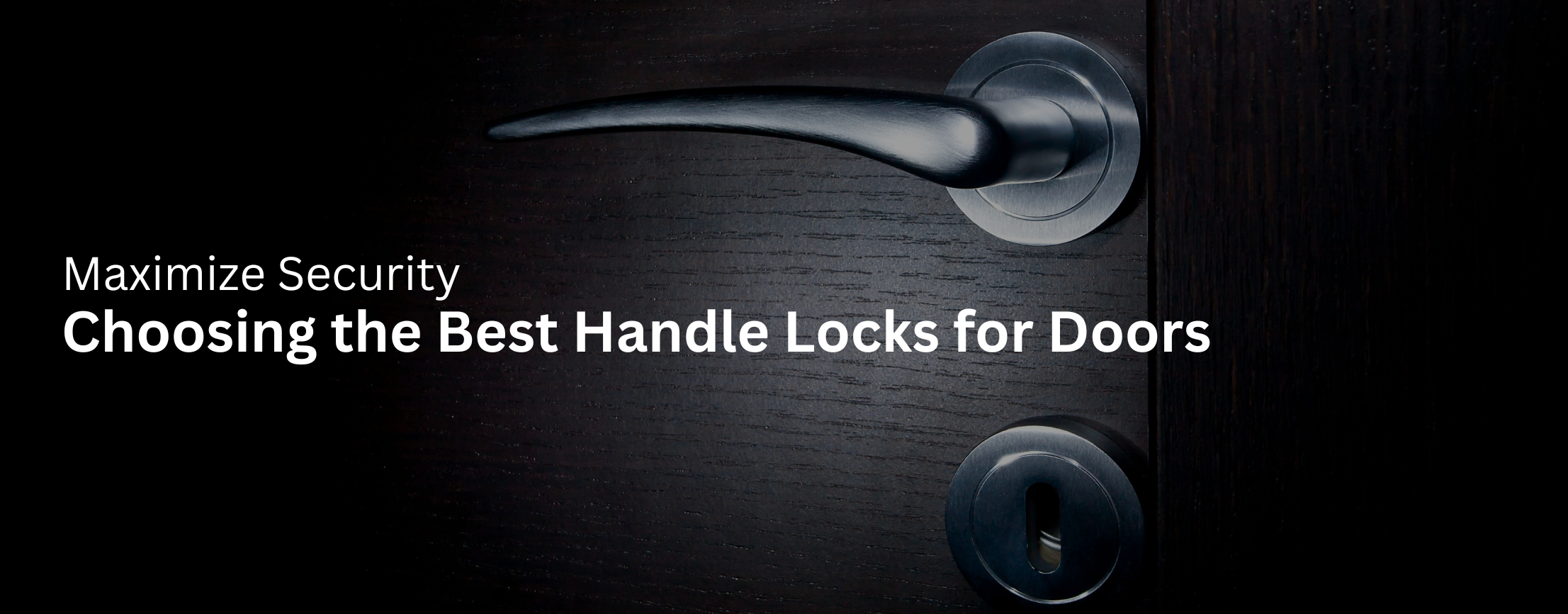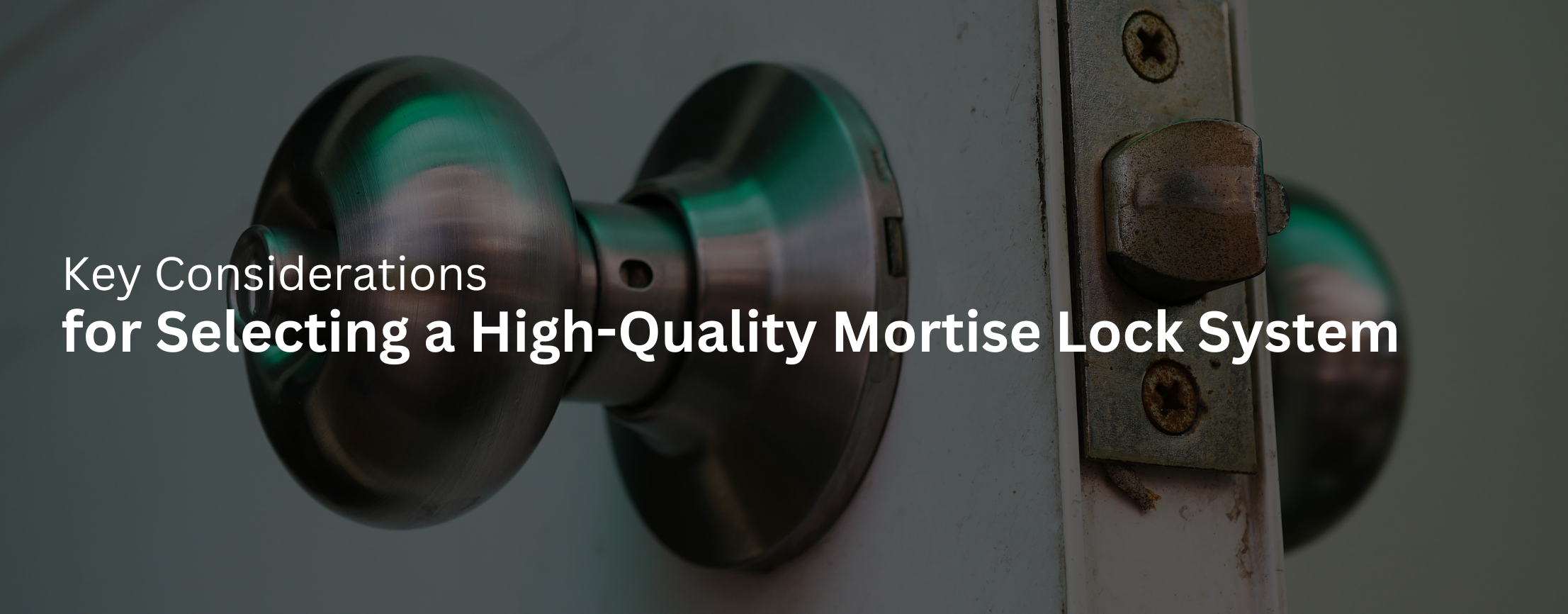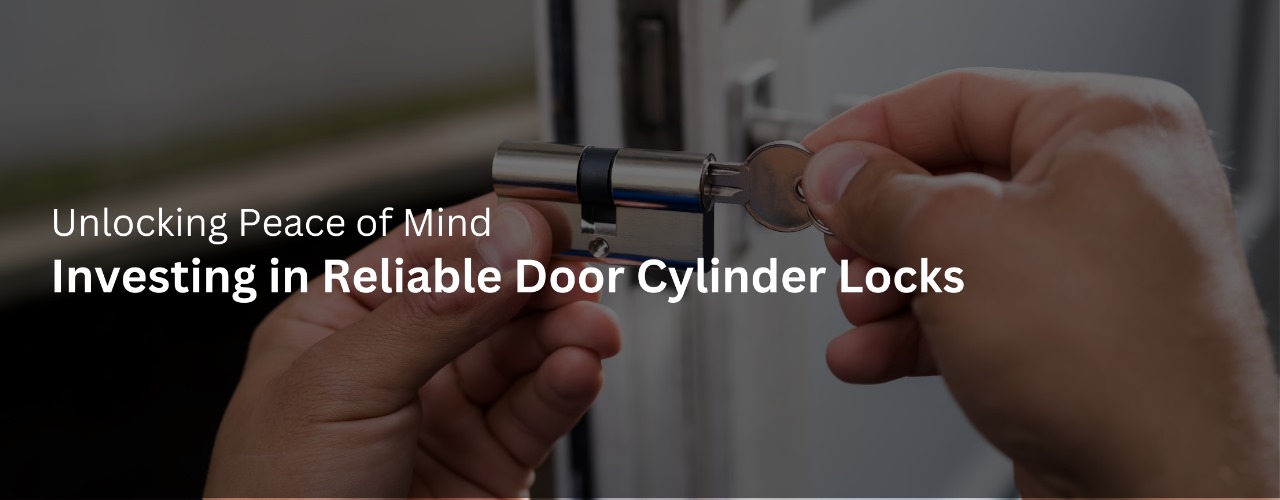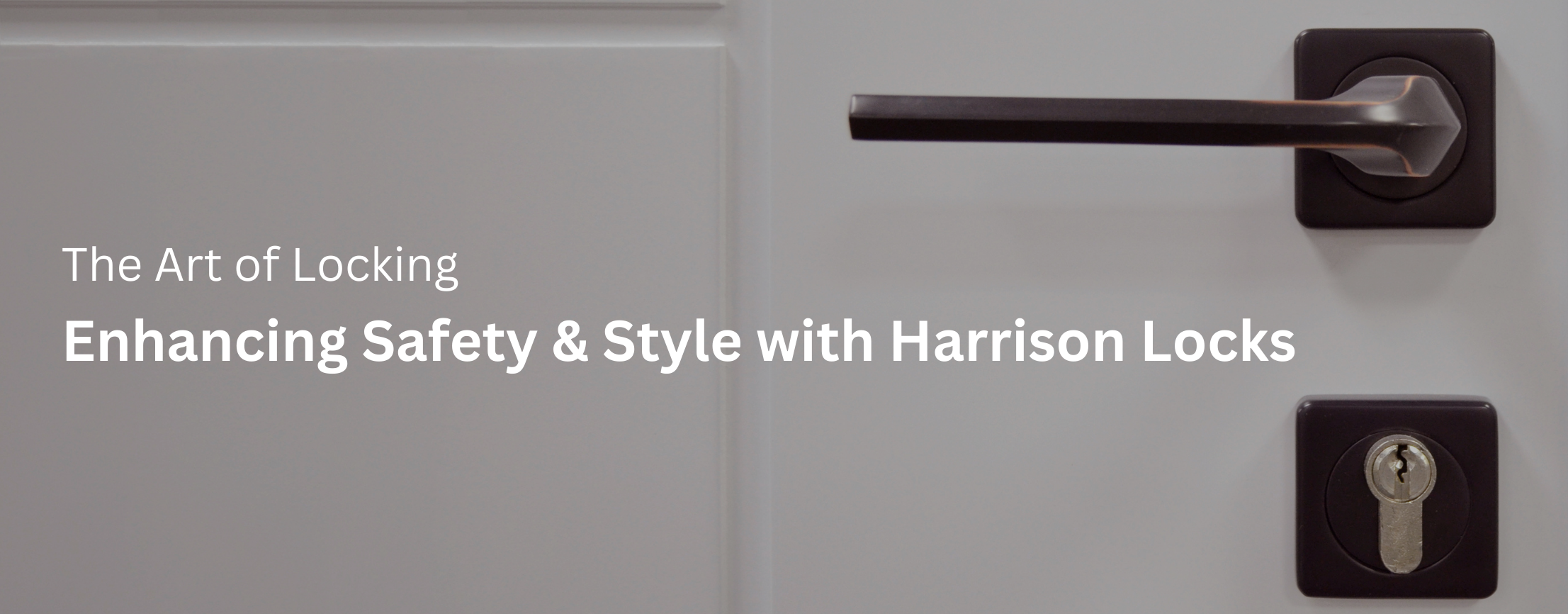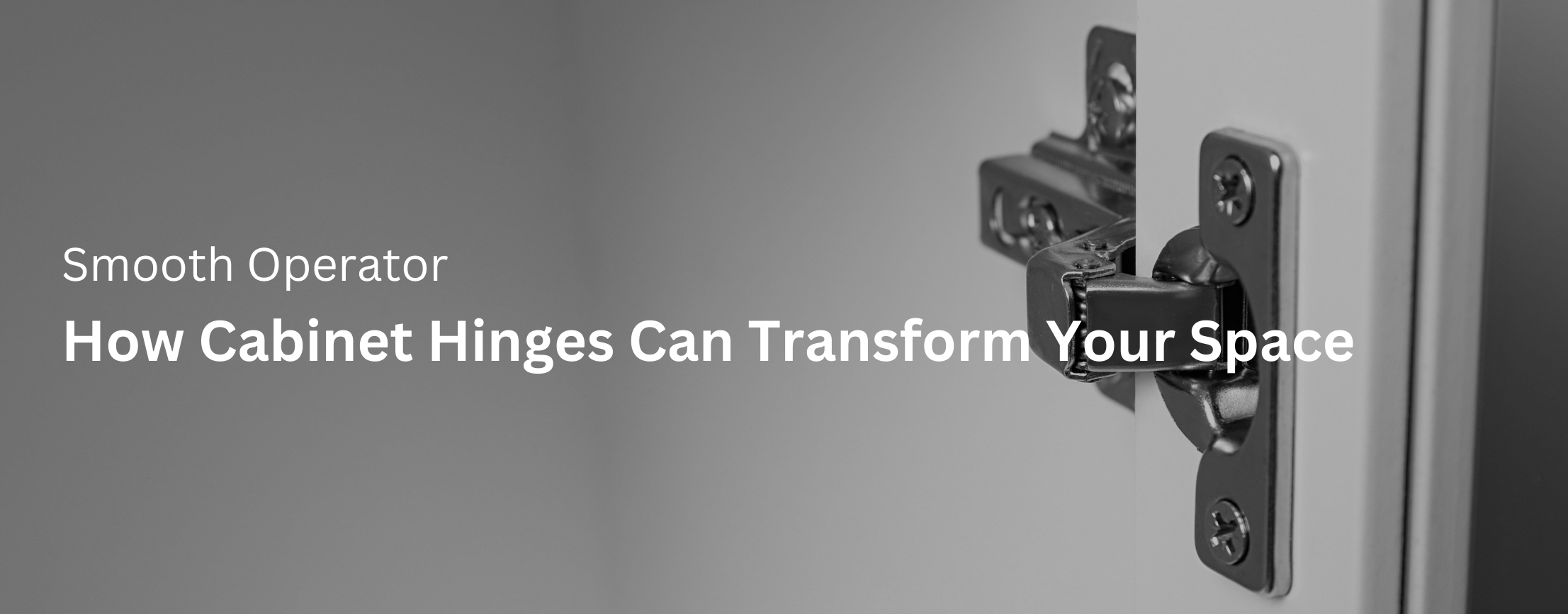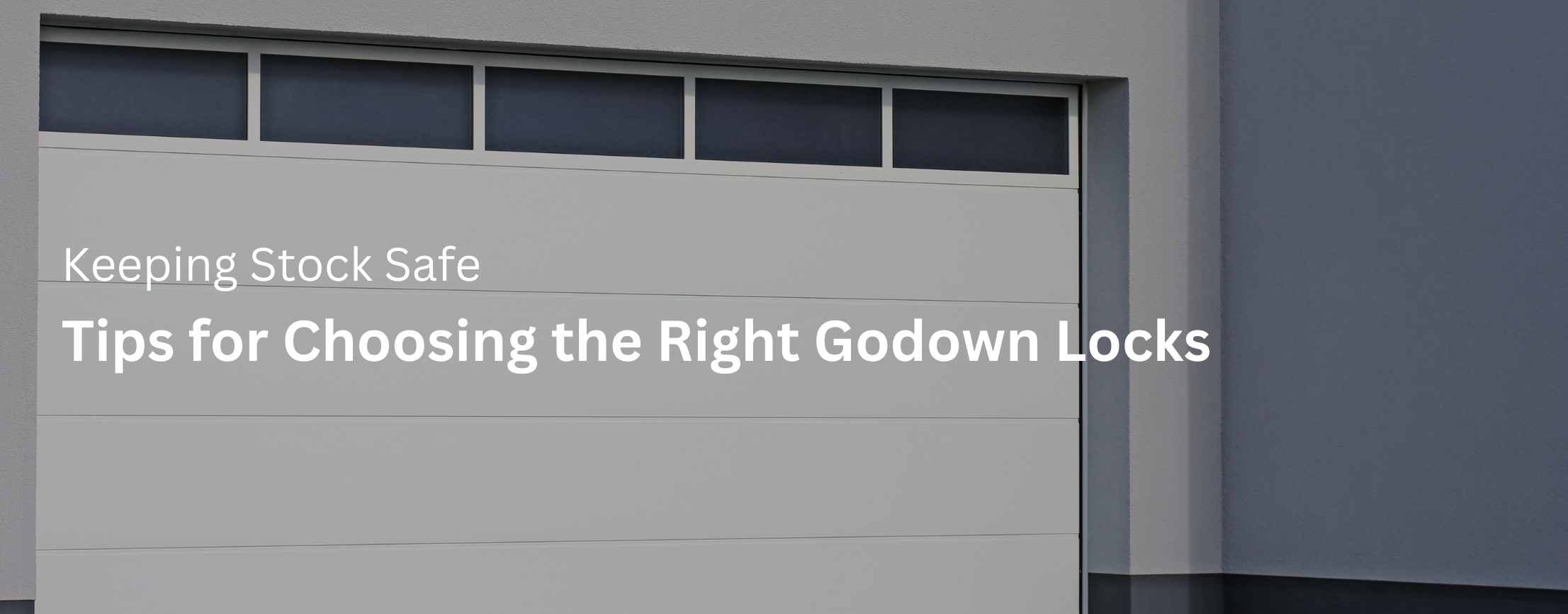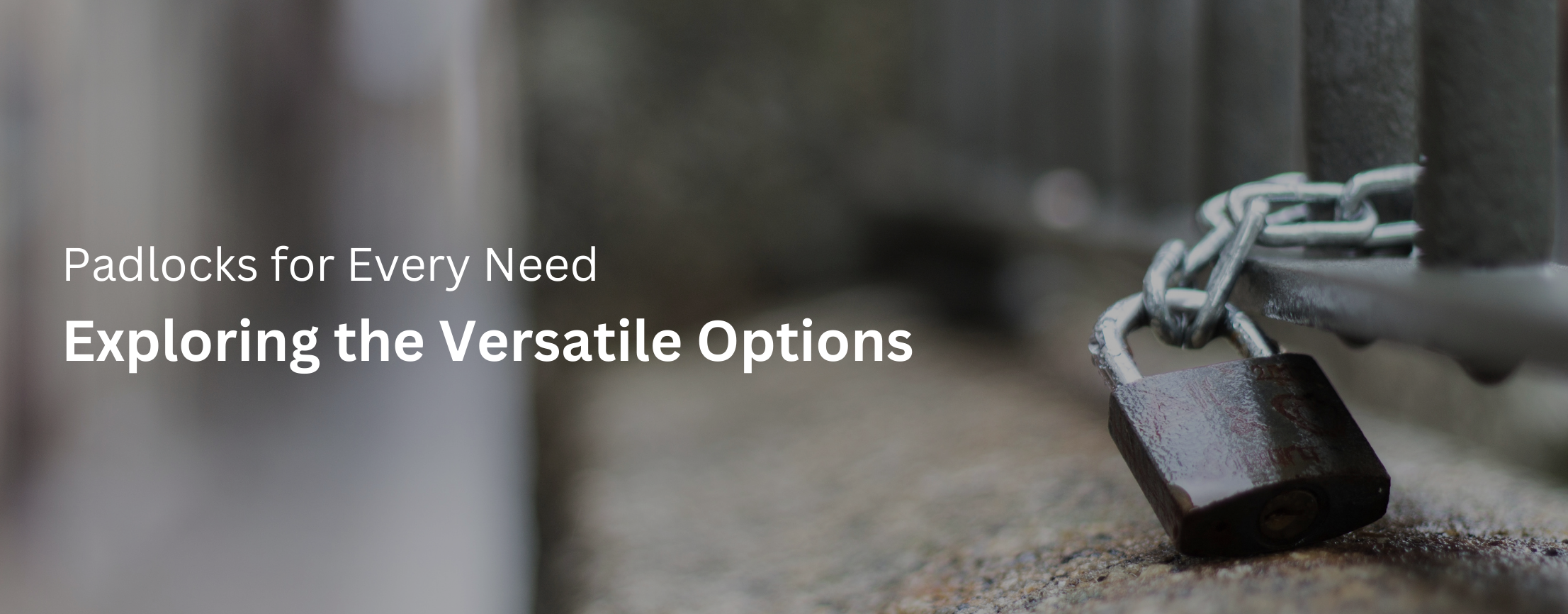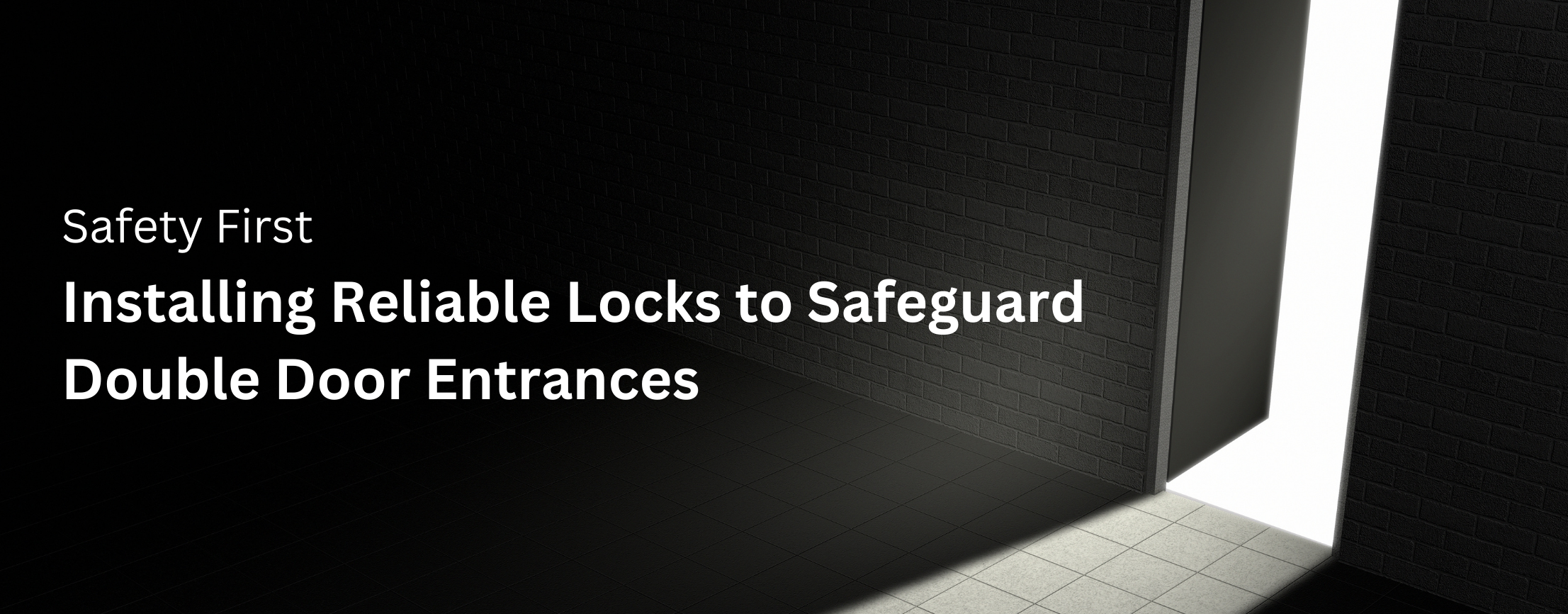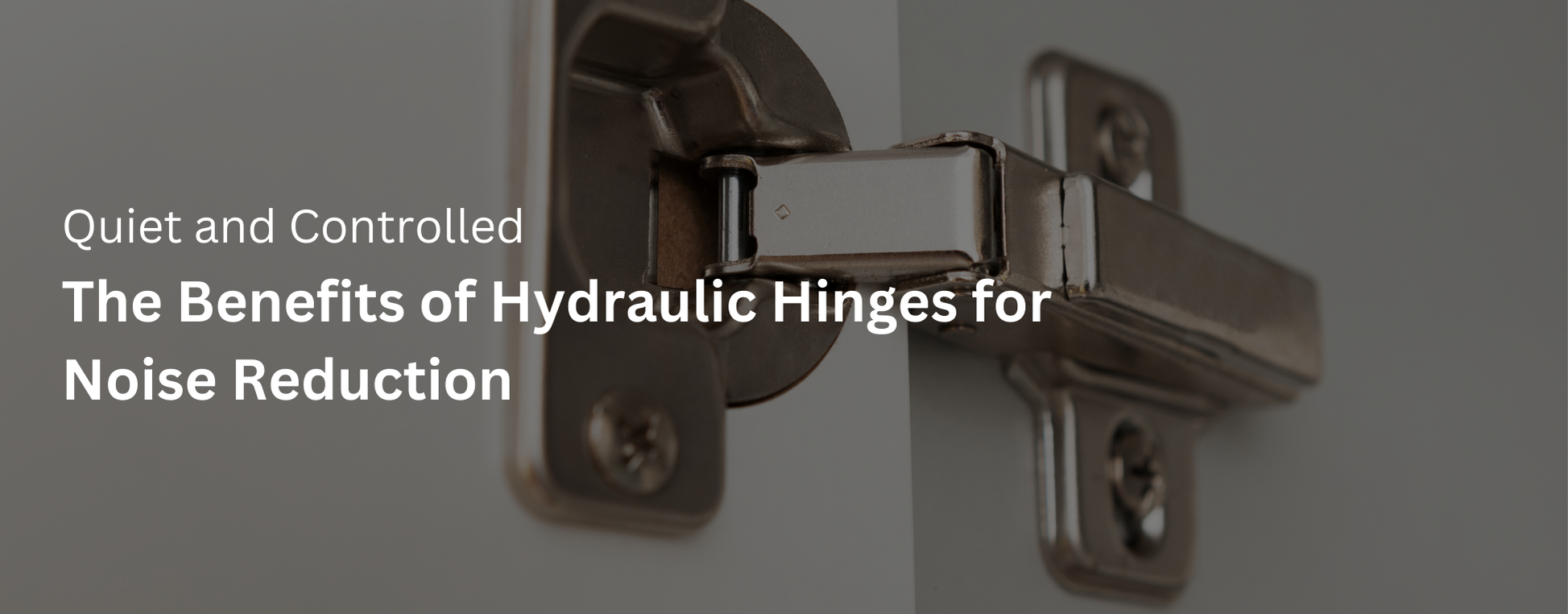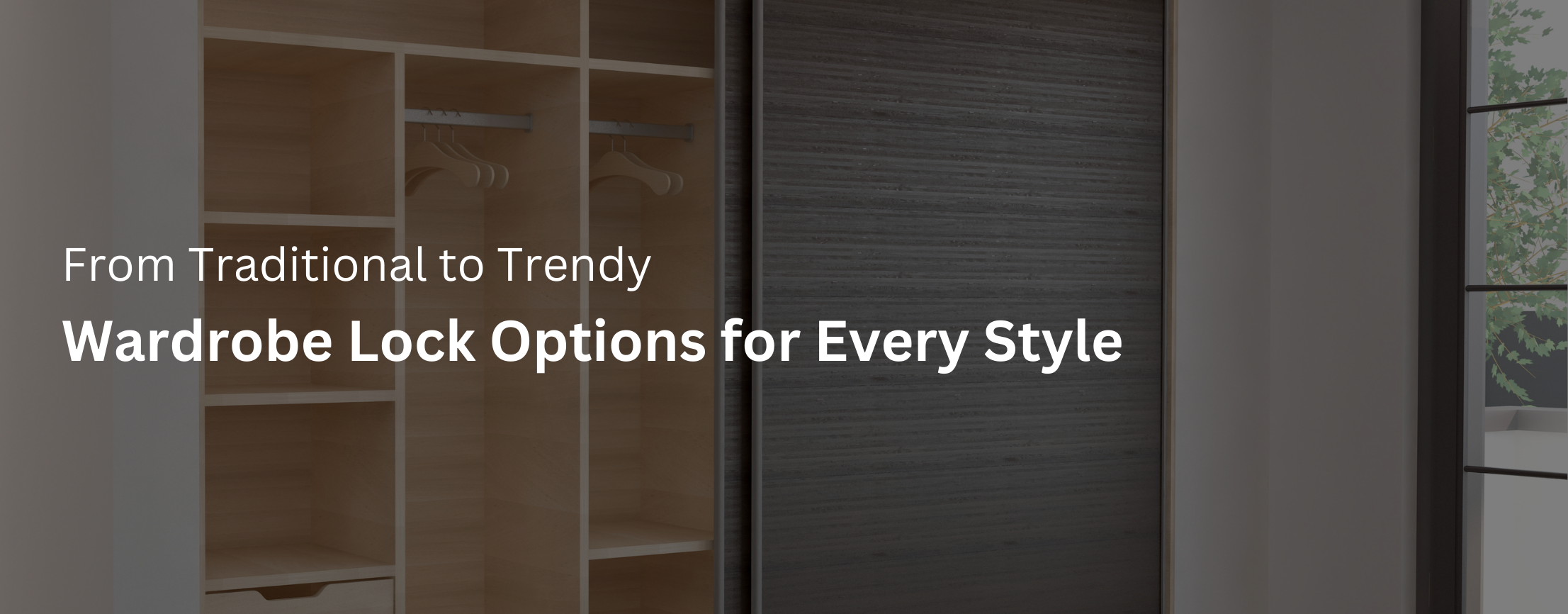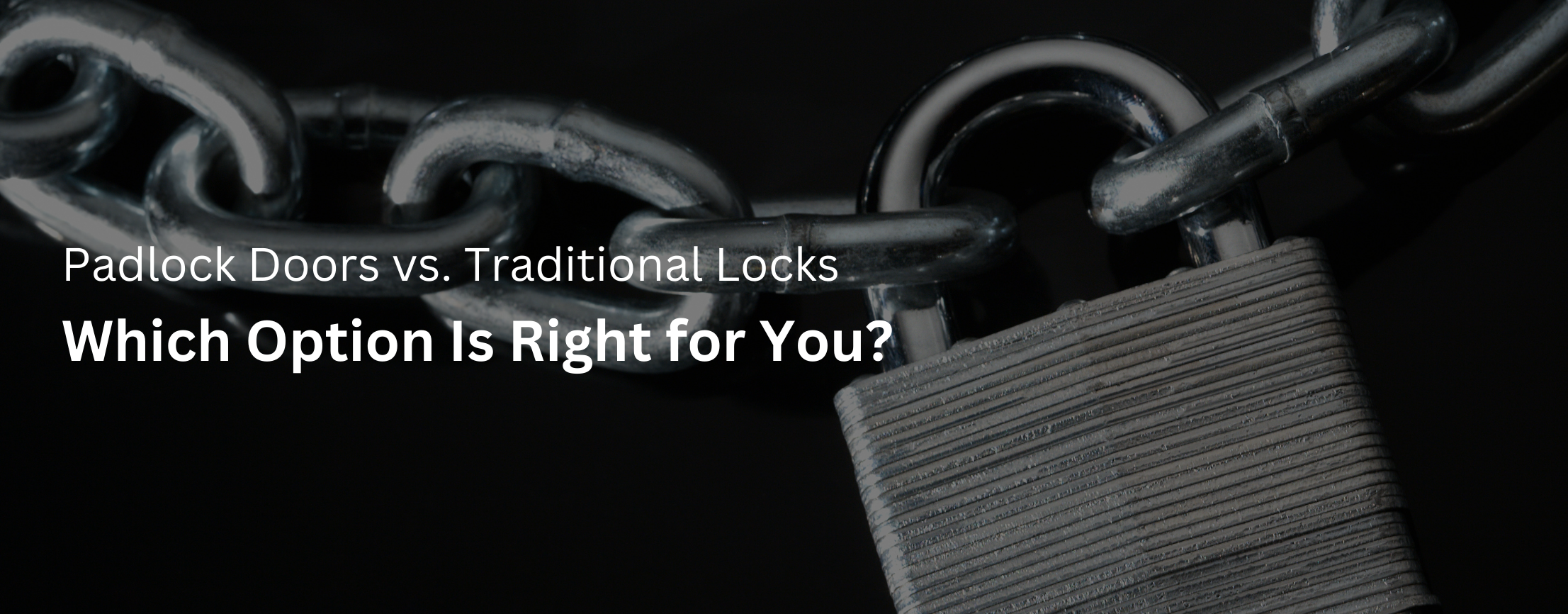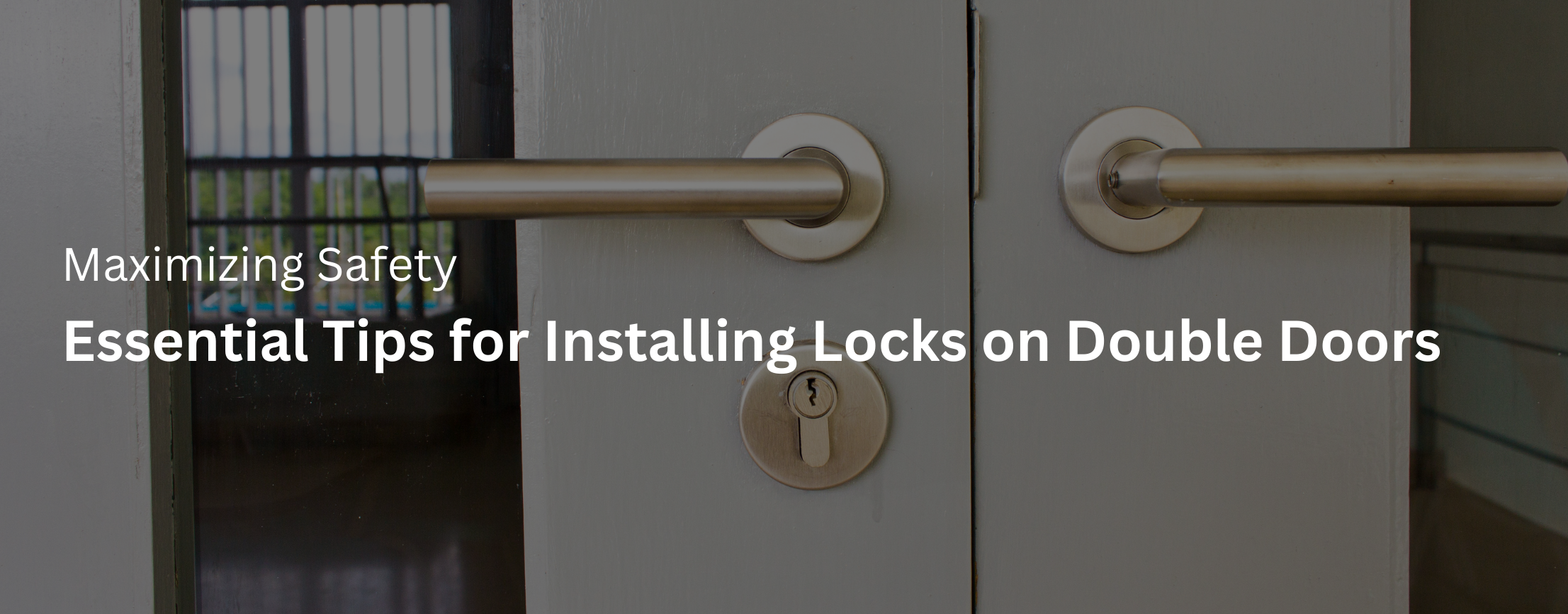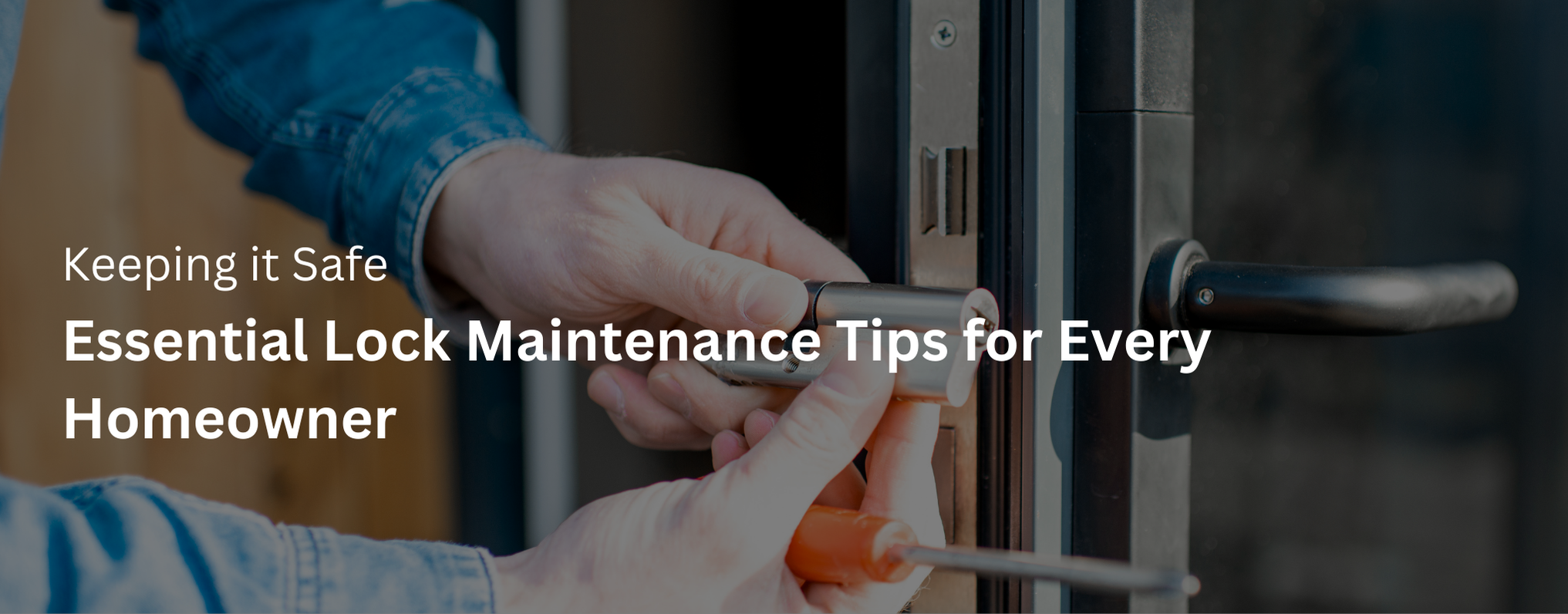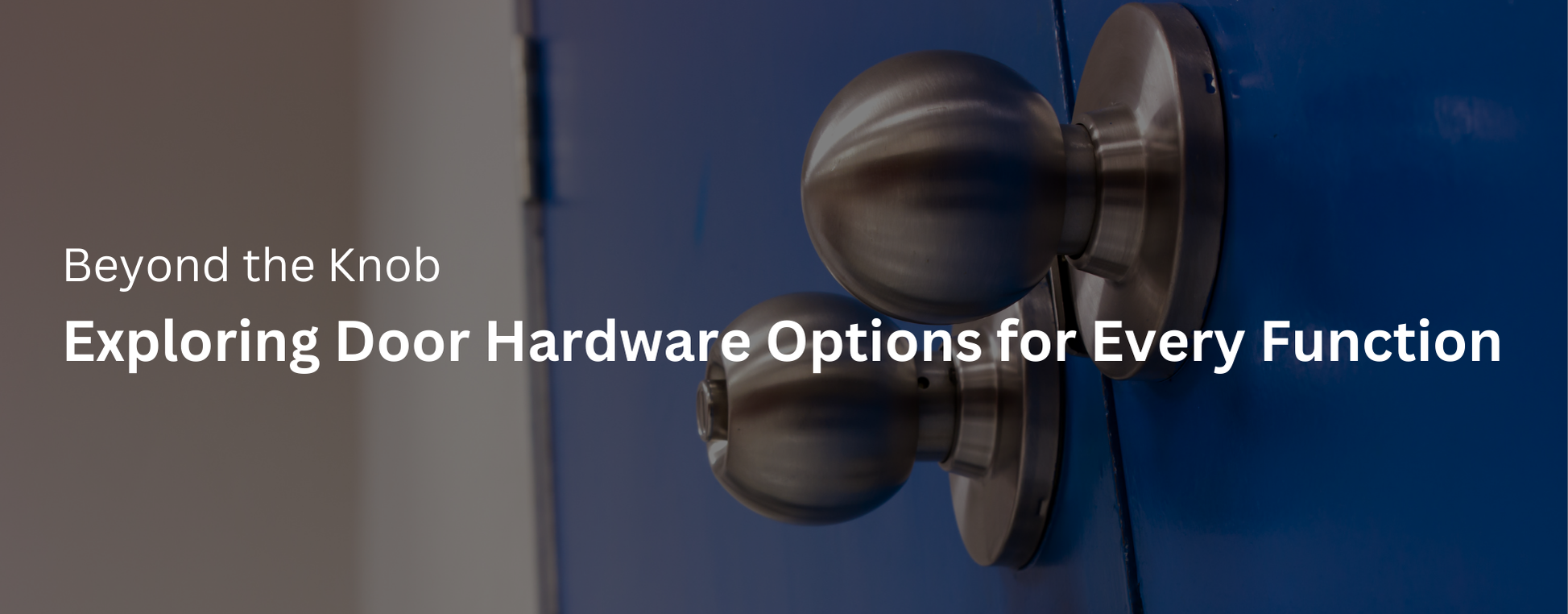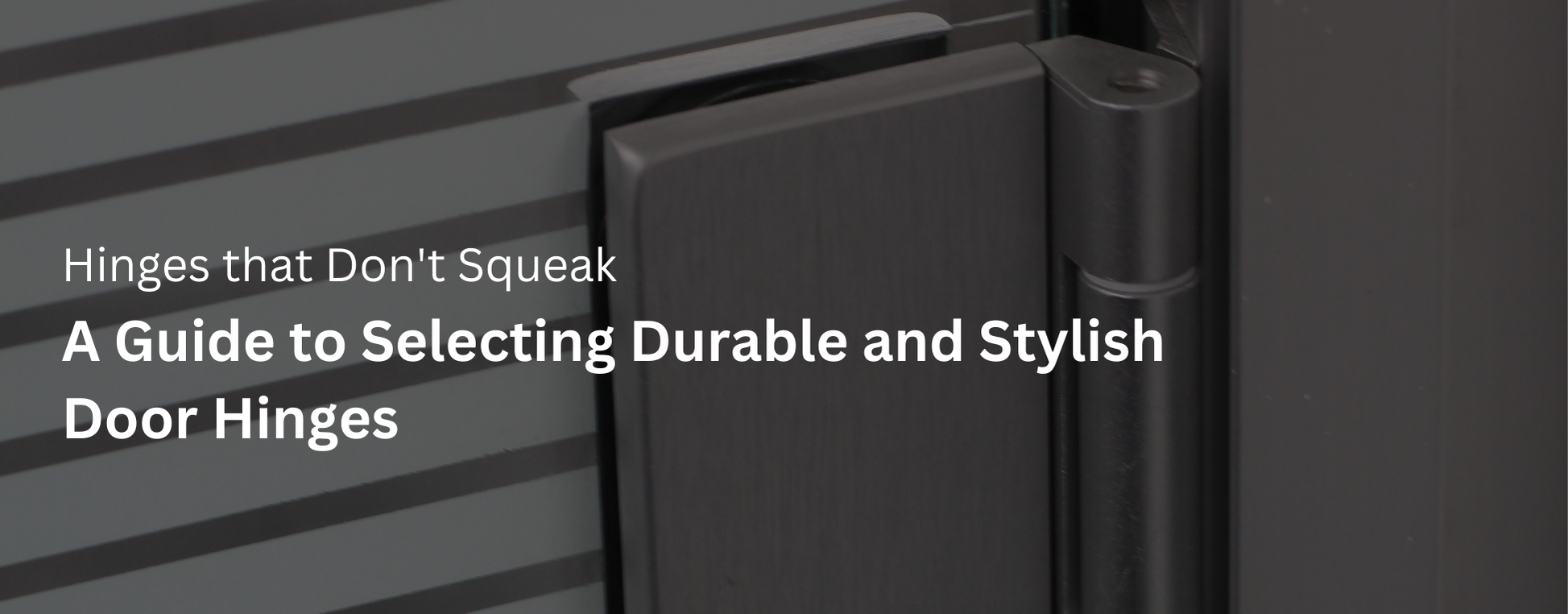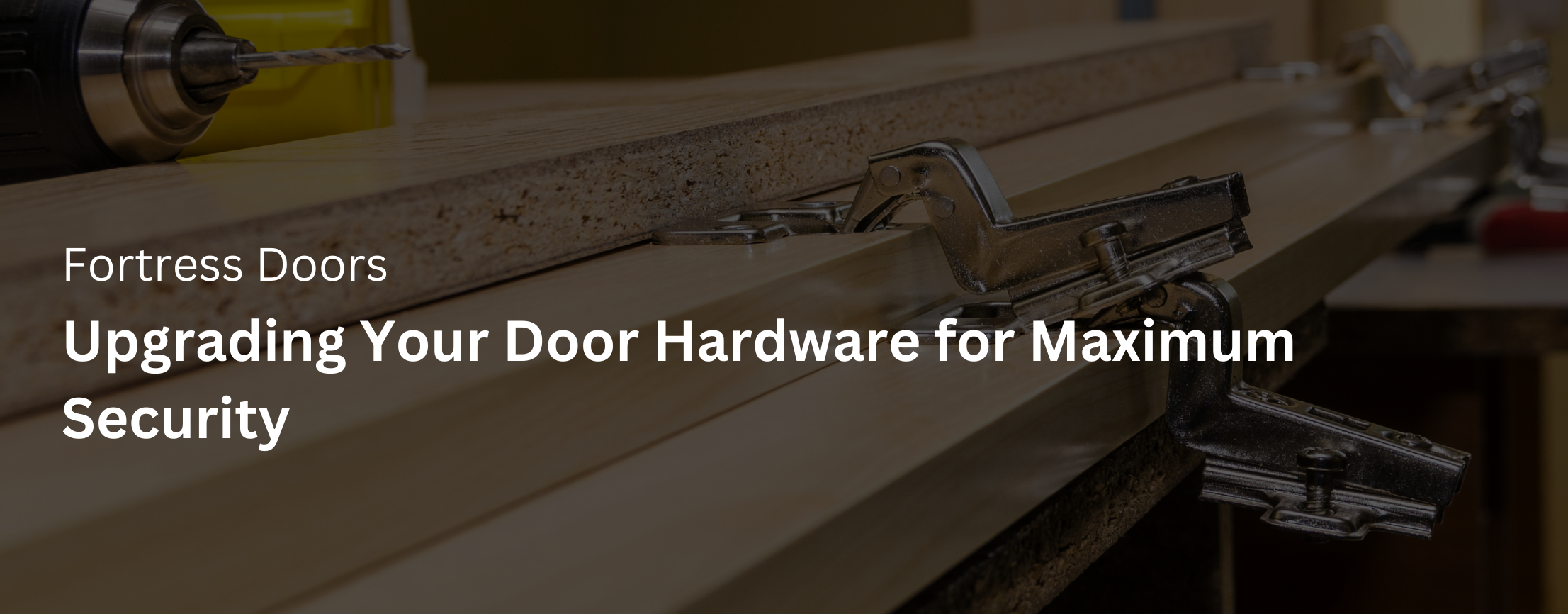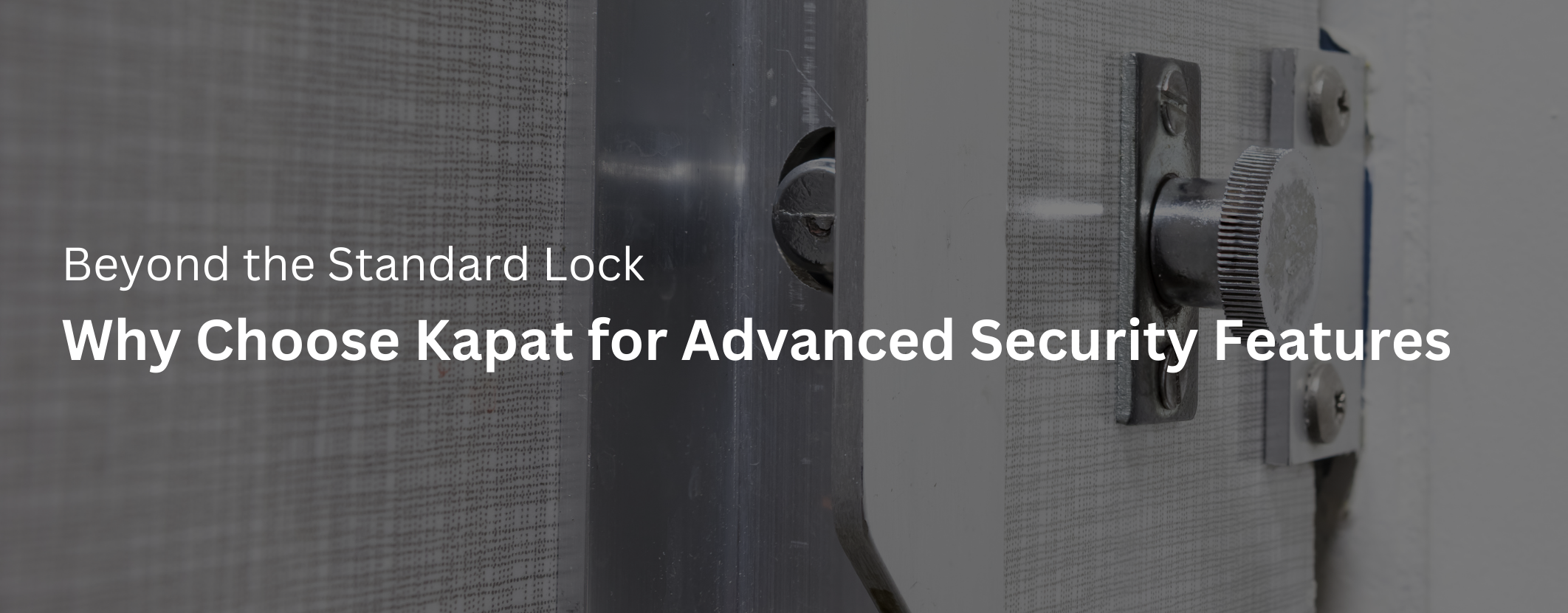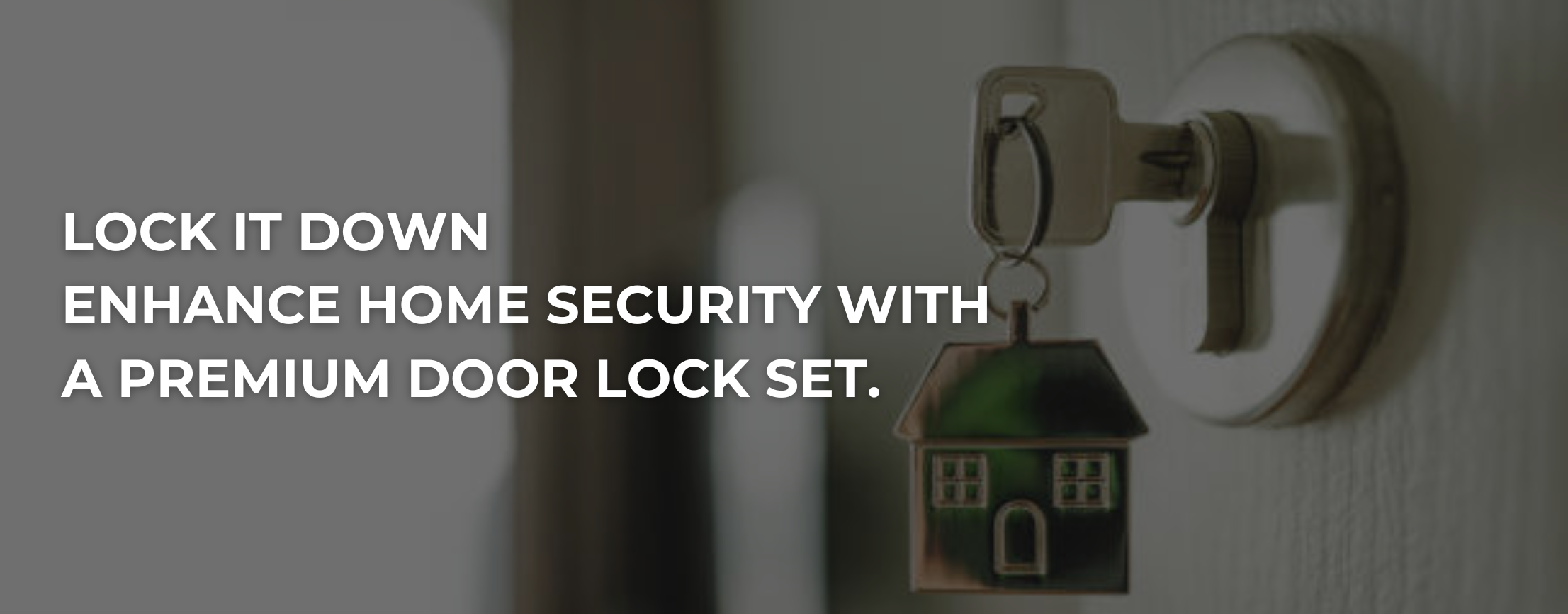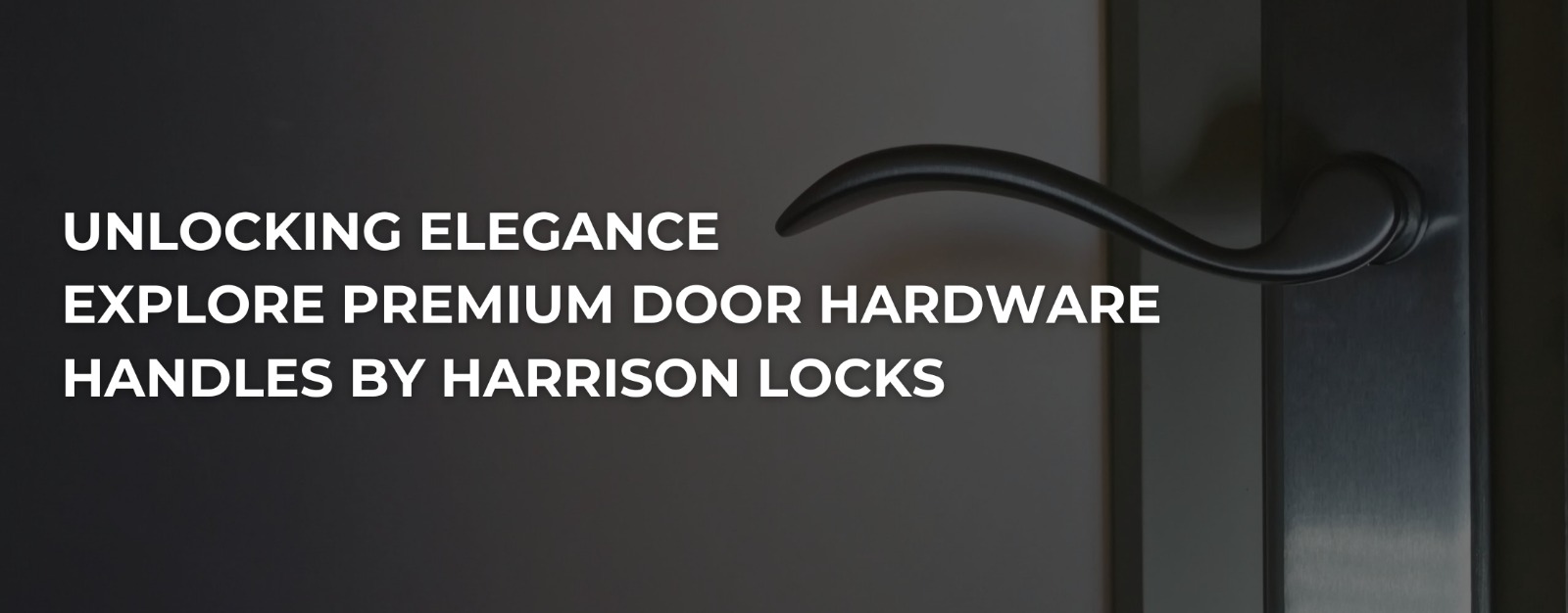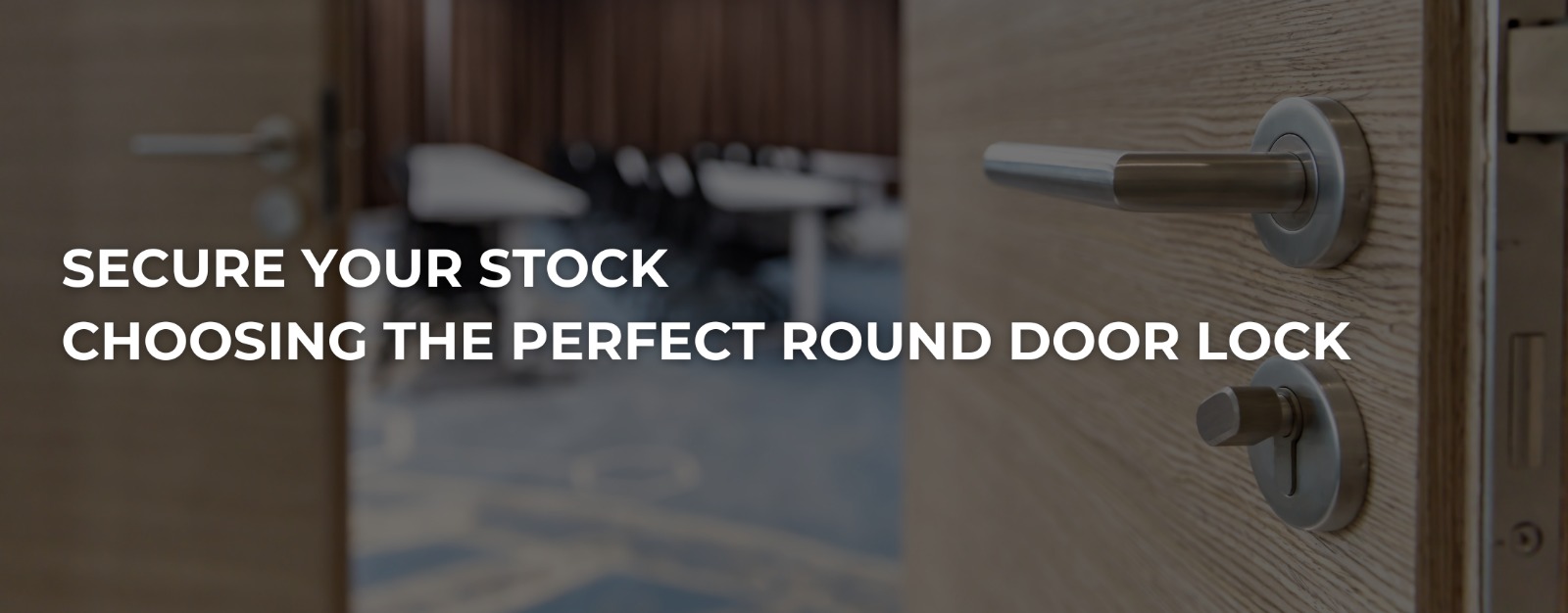Wardrobe Locks: How to Choose the Best Security for Closets
Installing high-quality wardrobe or
closet locks provides security for your clothing, accessories, personal items,
and valuables stored inside. This guide covers the benefits of wardrobe locks, types, factors to consider when selecting locks, popular brands,
installation, maintenance, and additional ways to secure your closet storage.
Importance of wardrobe locks
Wardrobe locks limit access to your closet’s contents, preventing theft or unauthorized “borrowing.” They provide peace of mind knowing your expensive or sentimental items are protected. Wardrobe locks are especially useful in homes with children, shared living spaces, or frequent guests. The locks facilitate organization by restricting clutter accumulation.
Read More: Protecting Your Style: Why Investing in a Wardrobe Lock Is Essential for Fashion Lovers
Types of wardrobe locks
- Key locks –
Require a physical key and provide the highest security. Choose keyed alike or
keyed different sets.
- Combination locks – Use a numeric code to open instead of a key. Easily change the code when
needed.
- Electronic locks – Offer keyless, keypad-based access. Many provide audits of when the lock
was opened.
- Portable travel locks – Small, lightweight locks ideal for securing luggage and bags
within the closet.
Factors to consider when choosing wardrobe locks
- Level of security needed – Determine if you need a basic lock or more heavy-duty,
pick-resistant options.
- Installation method – Choose freestanding padlocks, attachable hasps, or integrated
cabinet locks.
- Frequency of access – Frequent access benefits from combination or electronic locks versus
keyed locks.
- Quantity –
Calculate how many doors or sections require securing.
- Appearance –
Match visual style to your cabinets and interior décor.
Keyed vs. keyless wardrobe locks
- Keyed locks require carrying a
physical key but prevent access if keys are lost.
- Keyless locks use combinations or
electronic codes, avoiding the need for keys but codes could be shared or
observed without your knowledge.
Evaluate your priorities like
security level and convenience when deciding between keyed or keyless wardrobe
locks.
Popular wardrobe lock brand
Quality lock brand for wardrobes include Harrison Locks. Look for durable materials and pick-resistant designs. Match brand aesthetics to your cabinetry style.
Read More: The Ultimate Guide to Choosing the Perfect Hinges for Your Wardrobe
Installation process for wardrobe locks
Review manufacturer instructions for
your specific wardrobe lock. Typically, installation involves:
- Measuring door width and spacing to
select proper lock size.
- Marking desired height placement on
door frame.
- Drilling holes for lock body and
latch plate fasteners.
- Securing lock and latch plate with
provided screws.
- Testing for smooth operation.
Maintenance and care for wardrobe locks
- Apply lubricant periodically per
manufacturer directions.
- Check for loose screws attaching
locks or latch plates.
- Ensure keys operate smoothly. Replace
sticking or damaged keys.
- Keep track of issued keys and
combinations.
- Change combinations or reset
electronic codes when needed for security.
Additional security measures for closets
- Track inventory with photos and
descriptions of valuables.
- Install motion-activated lights
inside the closet.
- Anchor freestanding safes inside the
closet to the floor for extra protection.
- Consider closet door alarms that
trigger when opened.
- Add surveillance cameras covering
closet access points.
Wardrobe lock price range
Basic wardrobe locks cost $5-$50.
High-security, commercial-grade options are $50-$500. Keyless and electronic
locks range from $80-$250. Hiring a locksmith for installation incurs
additional labor fees.
Conclusion
Installing secure wardrobe locks
provides affordable protection for your closet’s valuable contents. Assess your
needs to select the right door lock
type, brand, quantity, and features to safely organize and access your closet
storage. Combine with other security tactics for robust defense against
intrusion or theft.
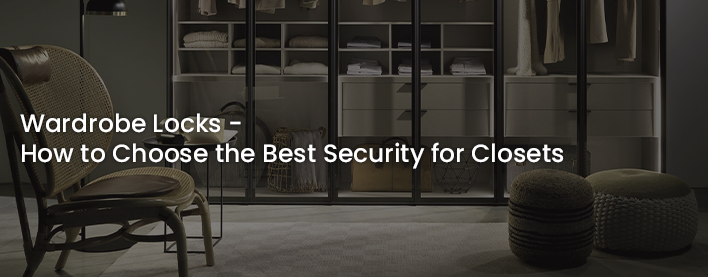
.jpg)
.jpg)




